Published Nov 25, 2016
The Voyage Home: 30 Facts for 30 Years
The Voyage Home: 30 Facts for 30 Years
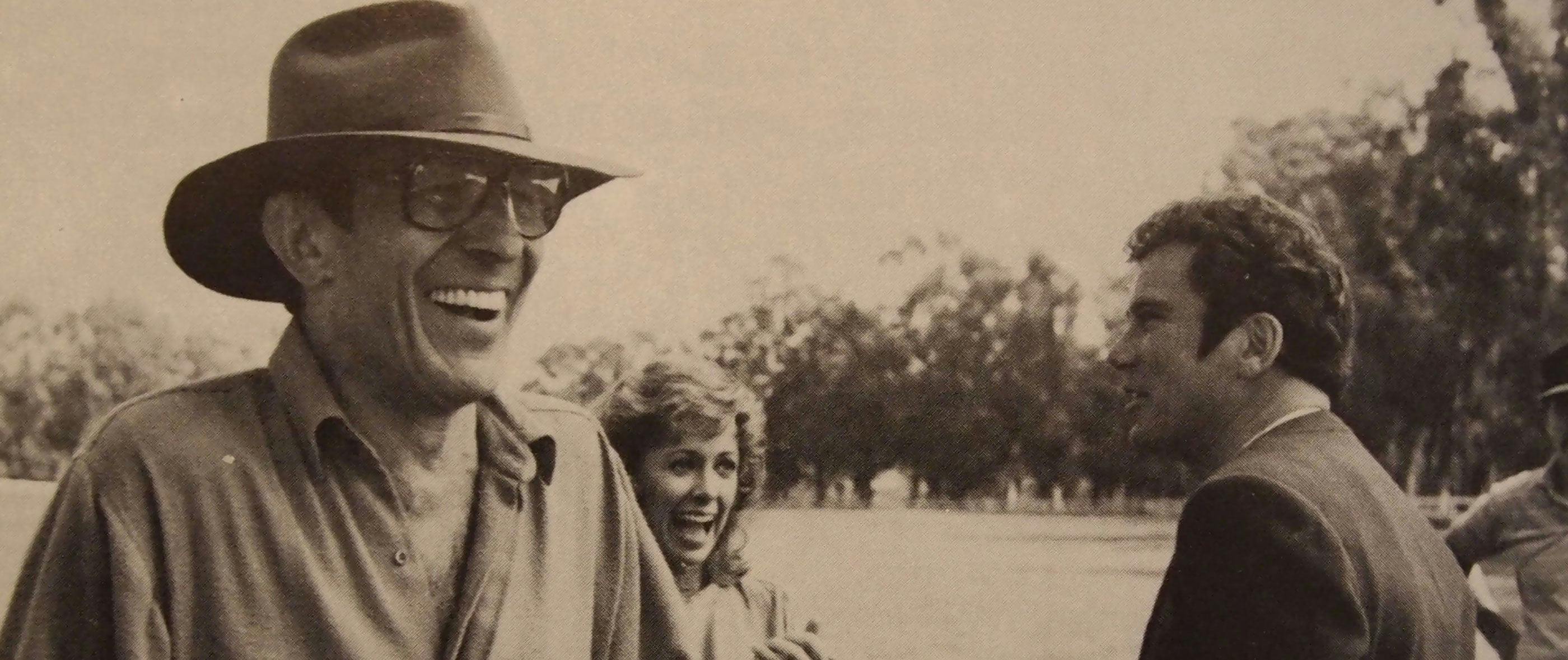
Star Trek IV: The Voyage Home marks its 30th anniversary on November 26th. To celebrate, we are sharing 30 favorite facts from the production we learned while researching the film's co-writer Nicholas Meyer's library archives at the University of Iowa. Let's sling shot around the sun, pick up enough speed, and time warp back to the 1980s for a celebration of one of Trek's most enduring and beloved adventures.
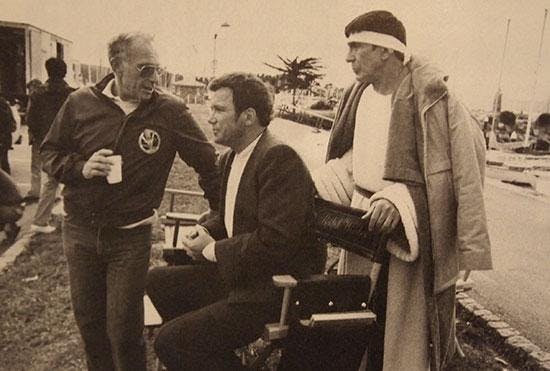
- Star Trek IV: The Voyage Home was originally named “The Adventure Continues” in its early drafts, a nod to the ending title card of the previous film The Search for Spock which promised “…AND THE ADVENTURE CONTINUES…”
- Contrary to the myth that no Star Trek sequels were planned until the previous film had been released, The Voyage Home actually began preliminary preproduction and story development during the spring of 1984, a few months before the premiere of The Search for Spock.
- Producer Harve Bennett and director Leonard Nimoy agreed that they wanted to use time travel and also avoid the use of villains and violence in the film very early in the story development process – in essence, to make what they called a “nice” movie.
- Bennett referred to The Voyage Home as a “local location” production (a TV term referring to shows that use near-by outdoor locations as a setting to save money on building sets). He referred to The Wrath of Khan as a “bottle show” because almost 65% of the movie was made on the same set (the Enterprise and Reliant were the same sets).
- When time travel was mentioned as a story possibility for The Voyage Home, Gene Roddenberry suggested the use of a story he had previously developed about the Enterprise crew going to the 1960s and interacting with the actual historical event of John F. Kennedy’s assassination.
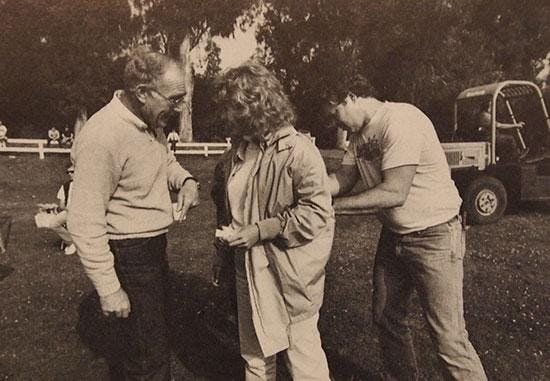
- Leonard Nimoy was inspired by the book Biophilia by Edward O. Wilson, which outlined the concept of a “keystone species” – that if a keystone species were to go extinct, it would threaten all other species.
- Bennett originally suggested that the species that the Enterprise crew needs bring back to the 23rd century could be the then-recently discovered species of the snail darter, a small species of fish about the size of two paper clips. Bennett joked that the reason for his suggestion was the cost saving, but really it was an inspired idea because the notion that something very small, the tiny of creatures, could have the greatest of impacts is very much a Trek-ian idea.
- Whales were chosen because of their epic and cinematic size in addition to their gentility and intelligence.
- It was Paramount executive Jeffrey Katzenberg who contacted Nimoy and Bennett with what he called either the best idea or worst idea: having Eddie Murphy, an avowed fan, appear as the film’s guest star. A script was written by Peter Krikes and Steve Meerson featuring Murphy’s character, an English professor who believed in UFOs.
- An interesting sequence of that script had the Klingon Bird of Prey decloaking above a football field during the Super Bowl. Everyone there, except Murphy’s character, would have believed it to be part of the halftime show. The idea of having Murphy star in the film was eventually abandoned. Eddie Murphy and William Shatner eventually would team up... in the 2002 film Showtime.
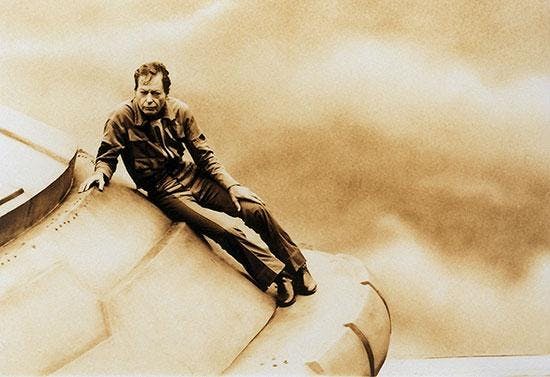
- With production looming and script concerns, Nimoy and Bennett asked Wrath of Khan director and writer Nicholas Meyer to help by joining Bennett in co-writing a new version of the script. Meyer accepted because his friends needed him, and because he liked the duo’s goal of making a “nice” Star Trek movie.
- Meyer’s portion of the script begins with the line “Judging by the pollution content of atmosphere…” and ends right before the D.H. Lawrence poem, which was co-writer Bennett’s contribution.
- Admiral Lance Cartwright’s character, played by the amazing Brock Peters, was originally not in the script. Instead, the character was supposed to be Admiral Harry Morrow, played by Robert Hooks, previously in The Search for Spock.
- Speaking of names, Gillian's character was at one time named Shelley.
- At one time, George and Gracie were called Adam and Evie.
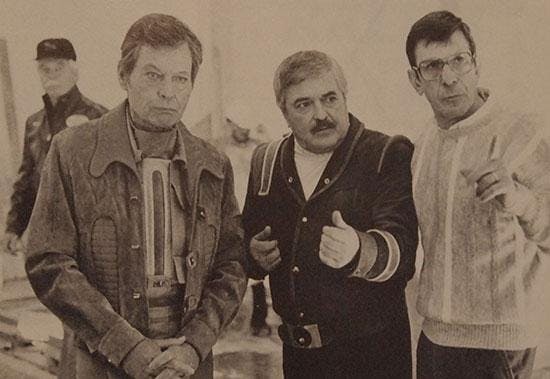
- Filming began in February 1986. Cinematographer Donald Peterman was nominated for an Academy Award for his amazing work on Star Trek IV. At the time of his passing, Leonard Nimoy called him a "gentleman and a talent." Nimoy had wanted an unusual style for the film and one of Peterman’s contributions, along with production designer Jack Collins, was to use panels to light characters on the Klingon ship to be a contrast to how the characters were usually presented on the Enterprise.
- There was a sequence scripted, but not filmed, explaining the reason for Saavik staying behind on Vulcan - she was pregnant from her Ponn Farr experience with Spock.
- The Voyage Home used not only real world external locations, but also real world interiors. The antique store, U.S.S. Enterprise and Cetacean Institute were all real world exterior and interior locations. The Cetacean Institute was actually the famous Monterey Bay Aquarium. John Tenuto's parents happened to be there during filming at the aquarium during the April 1986 production and brought this footage back with them: www.youtube.com.
- Showing the contribution that special effects technicians, set builders and editors make to a film, the sequences where Spock jumps into the tank with George and Gracie and Kirk reacts while on the tour conducted by Gillian is a masterful example of behind-the-scenes artistry: no less than four locations were required to make that scene work (the real Monterey Bay Aquarium, an ILM created blue-screen environment, a swimming pool in El Segundo, and a set at Paramount). Through editing tricks and slight of hand, all appear to be the same location in the various sequences.
- The U.S.S. Enterprise CV-65 was actually unavailable for filming. The USS Ranger CV-61 stood in for the Enterprise and if you look very closely you could see the Ranger name on a few of the hats of the real military who served as extras.
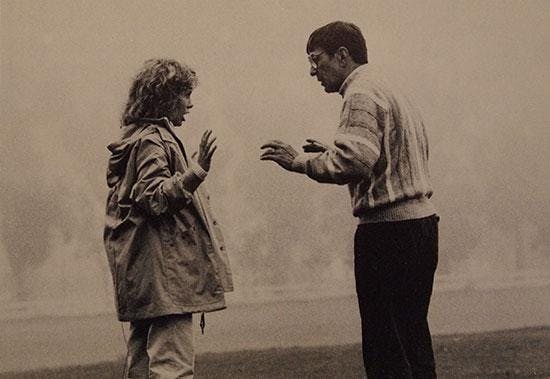
- An unseen tag used by the antique dealer to catalog Kirk's glasses gives the date of the crew's visit to Earth as August 19, 1986. However, the newspaper that Kirk and crew look at a few minutes earlier in the film has the date December 18, 1986.
- The Plexicorp company that "Professor" Scott and his "assistant" Leonard McCoy visit was actually the Reynolds & Taylor Plastics factory in Santa Ana. Interestingly, the real company made custom plastic panels, including ones reportedly for the Monterey Bay Aquarium.
- The police officer at the hospital was played by Joe Lando, who would go on to fame as Byron Sully from Dr. Quinn, Medicine Woman.
- This film includes the first contributions of one of Star Trek's most important behind-the-scenes geniuses, Michael Okuda.
- The dream sequence used to symbolize time travel was originally envisioned by the immensely talented Ralph McQuarrie, the creator of the look of Star Wars. McQuarrie contributed also to the look of Starfleet Headquarters in The Voyage Home. His unused designs for the refitted Enterprise of Star Trek: The Motion Picture are an inspiration for the look of the U.S.S. Discovery of the new Star Trek: Discovery. The final dream sequence, with ideas from Leonard Nimoy, was created using Cyberware's pioneering 3D scanning and morphing technologies.

- The effects of the film are so incredible that the production received letters of protest for getting that close to real whales during filming. In reality, there are only a few images of real whales in the film, mostly in the breaching sequences. What is usually seen are remote-controlled models created and manipulated under the supervision and design of Michael Lanteri, Walt Conti and their teams of artists.
- The probe was designed by Nilo Rodis Jamero and built by ILM's model shop. It was meant to be five miles long script-wise, but in reality were an approximately 8 foot and 20 foot model. The probe is meant to be whale-like, with barnacles and the light being reminiscent of a whale's blow-hole.
- Composer Leonard Rosenman earned an Academy Award nomination for the music of The Voyage Home.
- The "punk" rocker on the bus was played by Kirk Thatcher, who also created the music used in the famous nerve-pinch sequence. Thatcher was an associate producer on The Voyage Home and was the voice of the testing computer at the start of the film. In fact. Kiri-kin-tha's First Law of Metaphysics, which Spock identifies as "Nothing unreal exists," is named for Kirk Thatcher. Thatcher had worked on Star Wars: Return of the Jedi in the creature shop, and is now a talented director for The Jim Henson Company productions
- In 1987, Leonard Nimoy and Harve Bennett were invited to screen The Voyage Home in Russia at the Spaso House to celebrate Russia agreeing to join the world community in banning factory whaling. This afforded Nimoy a chance to visit the town his family was from in the Ukraine, his parents being from the same community and both having to escape to the United States from the terrible pogroms against Jews that were occurring at the time. This was the first time a Star Trek film screened in Russia. Bennett wondered if the humor would translate, and was happy that it did... another symbol of the universal connection between people that The Voyage Home celebrates.
Happy Birthday Voyage Home!
Special thanks to Dan Madsen for allowing us to digitize images from the pages of the Star Trek Communicator fan club magazine of the era and to share these special photographs from the set of the film.

